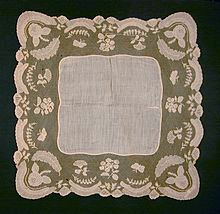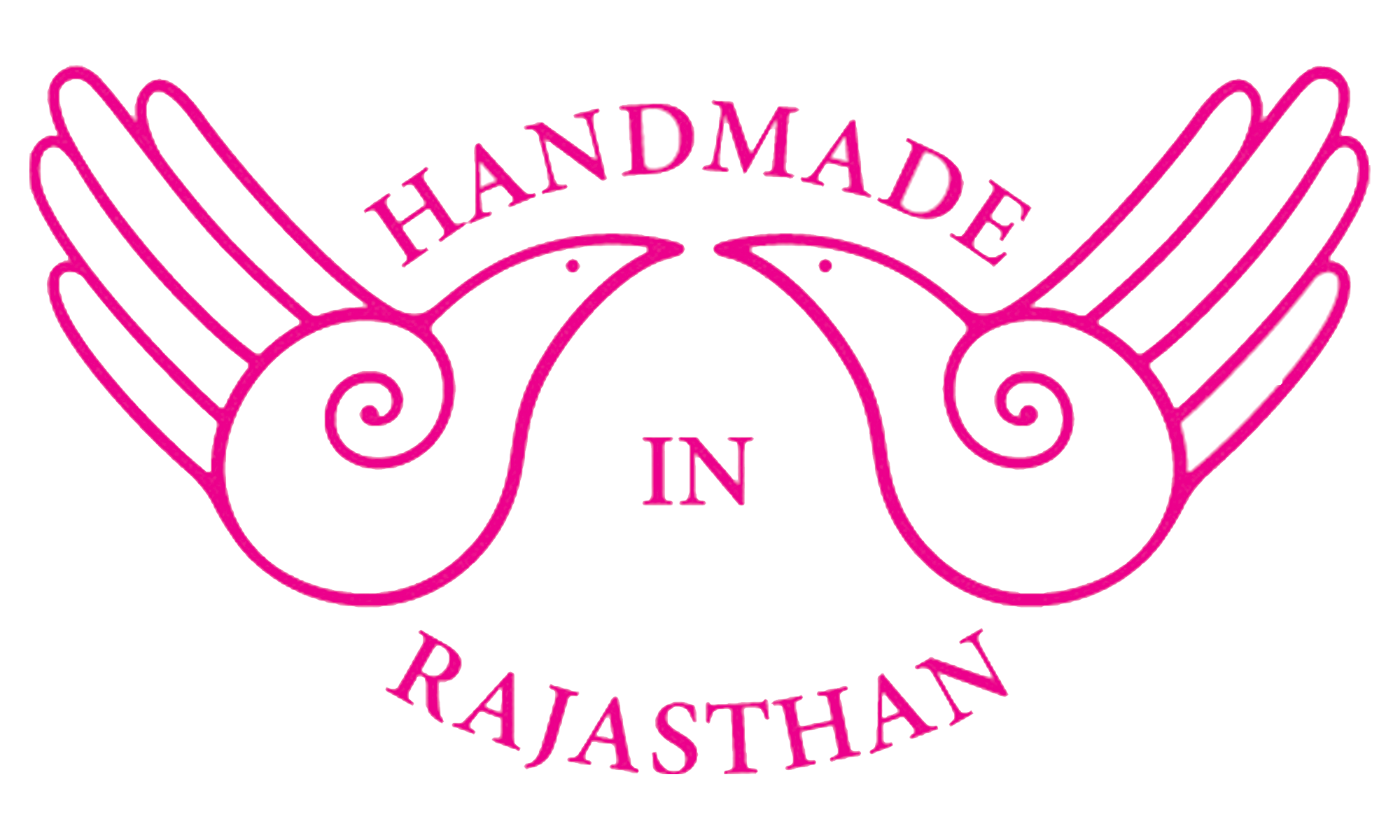- Home
- About US
- Art and Craft
- Artisans
- Master Crafts Persons
- Supporting Institutions
- News and Events
- Schemes
- Contact us
- Contact

Embroidery of India-Embroidery in India includes dozens of regional embroidery styles that vary by region on the varied Indian clothing styles. Designs in Indian embroidery are formed on the basis of the texture and the design of the fabric and the stitch. The dot and the alternate dot, the circle, the square, the triangle and permutations and combinations of these constitute the design.
Aari work involves a hook, plied from the top but fed by silk thread from below with the material spread out on a frame. This movement creates loops, and
repeats of these lead to a line of chain stitches. The fabric is stretched on a frame and stitching is done with a long needle ending with a hook such as a crewel, tambour (a needle similar to a very fine crochet hook but with a sharp point) or Luneville work. The other hand feeds the thread from the underside, and the hook brings it up, making a chainstitch, but it is much quicker than chainstitch done in the usual way: looks like machine-made and can also be embellished with sequins and beads - which are kept on the right side, and the needle goes inside their holes before plunging below, thus securing them to the fabric.Aari embroidery is practiced in various regions such as in Kashmir and Kutch (Gujarat).
Mukesh-Small rectangular pieces of metal are squeezed shut around some threads of the fabric. Mukesh work (known also as badla or fardi), includes women making shiny stitches amid chikan embroidery using a needle and long, thin strips of metal.
Rabari (Rajasthan and Gujarat)-This embroidery style is made by the Rabari or Rewari community of Rajasthan and Gujarat. This very colourful embroidery style, using stark contrast was traditionally used only for garments, but now it can be found on bags, accessories, home furnishings, etc. Mirrors of all shapes and sizes are incorporated in the embroidery, as a result of the belief that mirrors protect from evil spirits. Designs include not only flowers and fruit and animals such as parrots and elephants, but also temples, women carrying pots, and the ubiquitus mango shape.
Shisha or Mirrorwork (Rajasthan):
This ornamentation method originated in Persia during 13th century and involves little pieces of mirror in various sizes which are encased in the decoration of the fabric first by interlacing threads and then with buttonhole stitch.
Originally, pieces of mica were used as the mirrors, but later, people started using thin blown-glass pieces, hence the name, which in Hindi means "little glass". Until
recently they were all irregular, made by hand, and used mercury, nowadays one can also find them machine made and regularly shaped. It's usually found in combination with other types of stitches like cross stitch, buttonhole stitch and satin stitch, nowadays not only by hand but also by machine. Mirrorwork is very popular for cushion covers and bedcovers, purses and decorative hangings as well as in decorative borders in women's salwar-kameez and sari. There are various types of chikan work: Taipchi, Bakhia, Phunda, Murri, Jaali, Hathkati, Pechni, Ghas Patti, and Chaana Patti.
Embroidery work Kotha Primitive Tribal Community:
The Toda embroidery has its origins in Tamil Nadu. The Nilgiri Hills, inhabited by the Todu community have their own style called pugur, means flower. This embroidery, like Kantha, is practiced by women.
The embroidery adorns the shawls. The shawl, called poothkuli, has red and black bands between which the embroidery is done. As Todas worship the
buffaloes, buffalo becomes an important motif in the Toda embroidery among mettvi kaanpugur, Izhadvinpuguti and others. Stylized sun, moon, stars and the eye of the peacock feathers are used in Toda embroidery.

